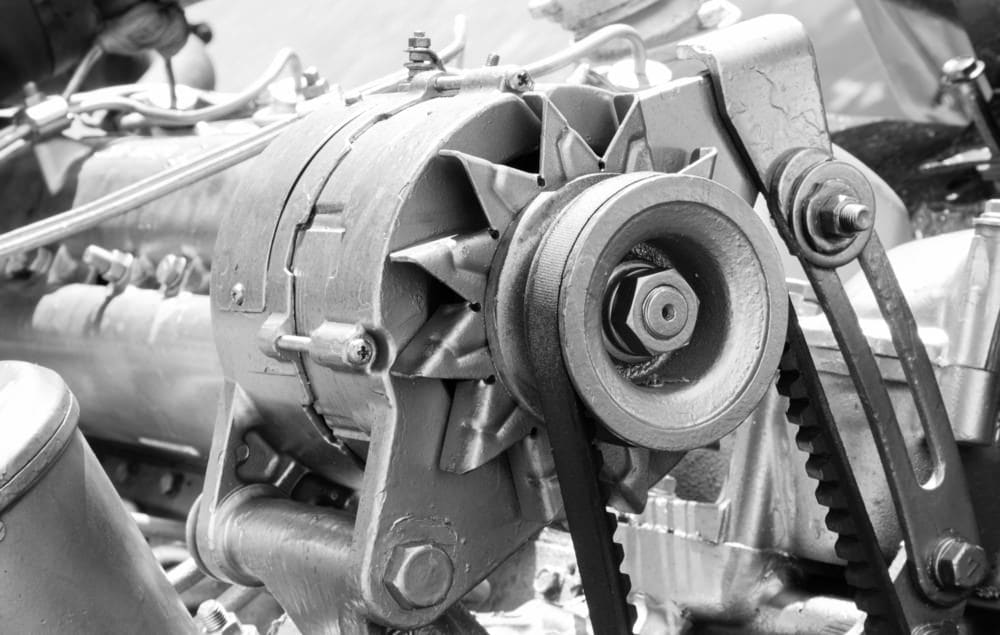

When you need to go somewhere and your car won’t start, it’s not unreasonable to think that you could have a car charging problem. A jump start might fix it in the short term and get you to work on time, or to your appointment, but ultimately, you’re going to have to find the origin of the problem and have it corrected. The problem could be in the battery, or the alternator, or even somewhere else in the car electrical system.
You can check out a few things yourself before you get in touch with a mechanic.
First, take a look at the battery. Start with this because battery problems are very common, especially in cold weather.
Look at the dashboard battery gauge to make sure that the car is still getting a charge even when it’s switched off. If the light is dim and flickering, then likely there’s a problem with the car battery.
Turn off everything, and check your battery connections for corrosion. Sometimes the problem is simply that there’s not enough contact.
If it looks like corrosion is the problem, you can remove the battery cables and use a bit of steel wool to clean up the corrosion.
If a cleanup solves the problem, great, but if it doesn’t, you may have a dead battery, or a bad alternator.
You can check the alternator by simply starting your car and then disconnecting the negative battery cable. Be careful doing this, though, because there are a lot of moving parts in your engine compartment that could cause injury. If the car stops when the battery cable is disconnected, the alternator is the likely culprit.
If the alternator is faulty, you’ll need to contact YourMechanic. Sometimes alternators can be rebuilt, but more often, they need to be replaced. YourMechanic can also test your battery to find out if it’s the reason why your car won’t start.



